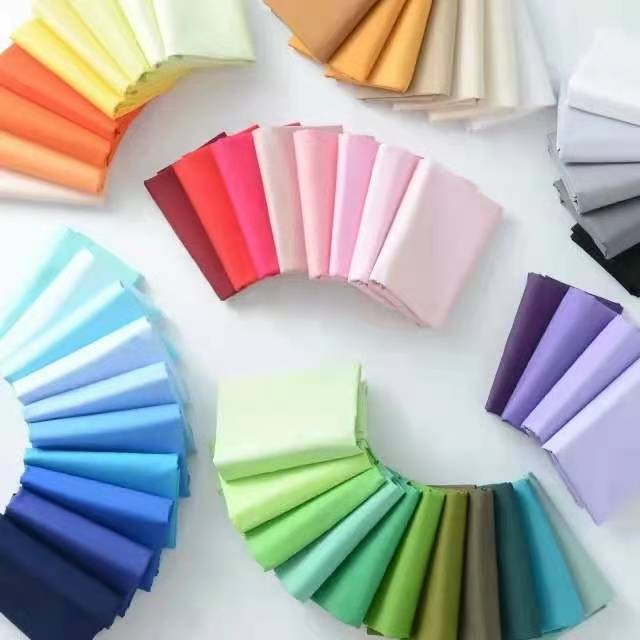Selecting the right fabric is essential for creating garments, uniforms, and textiles that offer comfort, durability, and the desired aesthetic. The choice of fabric depends on factors such as the intended use of the item, the climate, the desired look and feel, and any specific requirements (such as flame resistance or moisture-wicking properties). Here are some common types of fabrics and their characteristics.

Cotton:
Polyester:
Linen:
Wool:
Silk:
Rayon (Viscose):
Nylon:
Spandex (Lycra):
Denim:
Fleece:
Flannel:
When selecting a fabric, consider factors such as breathability, moisture-wicking properties, warmth, durability, and ease of care. Additionally, the fabric’s suitability for the intended purpose and the desired look and feel should guide your choice. It’s also important to follow care instructions to ensure the longevity and quality of the garments or textiles.
Copyright ©️ 2023. All Rights Reserved | Design and Marketing by prontosys.ae